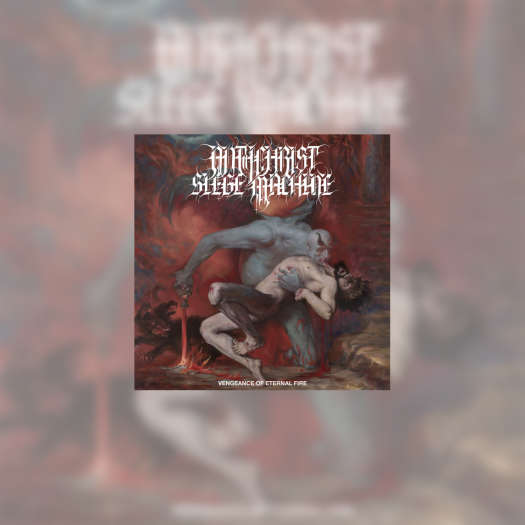Part of Invisible City examines social dysphoria and the cyclic pattern of environmental influence and assimilation in a culture that encourages "fitting in" but criticizes those born into a criminally-inclined locale for doing just that. The other part of this documentary, which provides examples of this thesis, is more literal, chronicling three years in the lives of two boys (Kendall and Mikey) crossing over into adulthood in Toronto's Regent Park housing project.
Initially friends, their paths diverge, as Mikey slips into a criminal element and is arrested for joyriding in a stolen car and violating parole agreements, while Kendall gravitates towards achieving a basketball scholarship, adapting to external societal expectations. Interviews with their mentors and mothers shed light on concerns and behaviour trends, while interviews with the subjects show two thoughtful young men who know exactly what kind of consequences will come from their actions.
Much ado is made about childhood vilification and authoritarian projection, as the boys expand on what it feels like to have teachers, and other authority figures, label them as problems without reason. Further finger wagging goes out to police officers circling Regent Park, citing racial profiling. However, an incident where Mikey is pulled aside and searched reveals that he was indeed carrying crack, which adds some depth to staunch political correctness and the cycle of blame.
It seems attire and attitude have more to do with said profiling, within the context of this film, than race, as Kendall, the more conservative and approachable of the two, suffers far less harassment, thus finding more comfort and ease in adapting to mainstream culture.
The framing device for all of this is the revitalization of Regent Park, as the "invisibility" of the housing developments is demolished in favour of shiny glass towers. The question posed is whether this environmental shift will remove the stigma attached to Regent Park, allowing denizens to escape the confines of urban poverty.
It is all smartly positioned, well-filmed and occasionally touching, making for engaging, if not entirely satisfying, viewing.
(Seventh Rule)Initially friends, their paths diverge, as Mikey slips into a criminal element and is arrested for joyriding in a stolen car and violating parole agreements, while Kendall gravitates towards achieving a basketball scholarship, adapting to external societal expectations. Interviews with their mentors and mothers shed light on concerns and behaviour trends, while interviews with the subjects show two thoughtful young men who know exactly what kind of consequences will come from their actions.
Much ado is made about childhood vilification and authoritarian projection, as the boys expand on what it feels like to have teachers, and other authority figures, label them as problems without reason. Further finger wagging goes out to police officers circling Regent Park, citing racial profiling. However, an incident where Mikey is pulled aside and searched reveals that he was indeed carrying crack, which adds some depth to staunch political correctness and the cycle of blame.
It seems attire and attitude have more to do with said profiling, within the context of this film, than race, as Kendall, the more conservative and approachable of the two, suffers far less harassment, thus finding more comfort and ease in adapting to mainstream culture.
The framing device for all of this is the revitalization of Regent Park, as the "invisibility" of the housing developments is demolished in favour of shiny glass towers. The question posed is whether this environmental shift will remove the stigma attached to Regent Park, allowing denizens to escape the confines of urban poverty.
It is all smartly positioned, well-filmed and occasionally touching, making for engaging, if not entirely satisfying, viewing.




